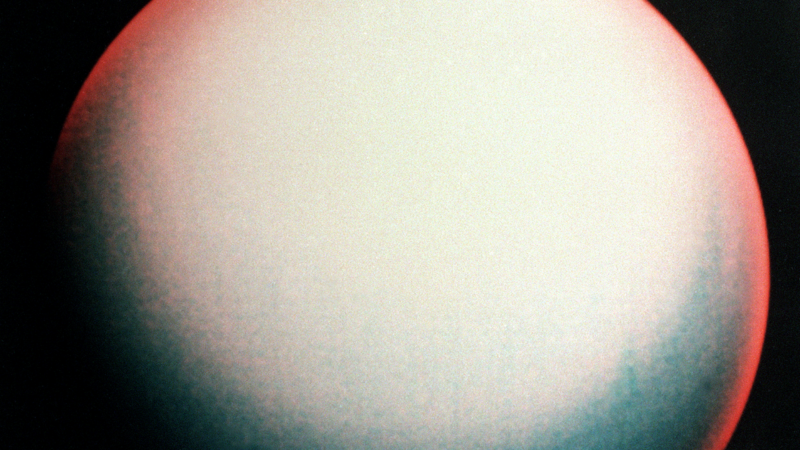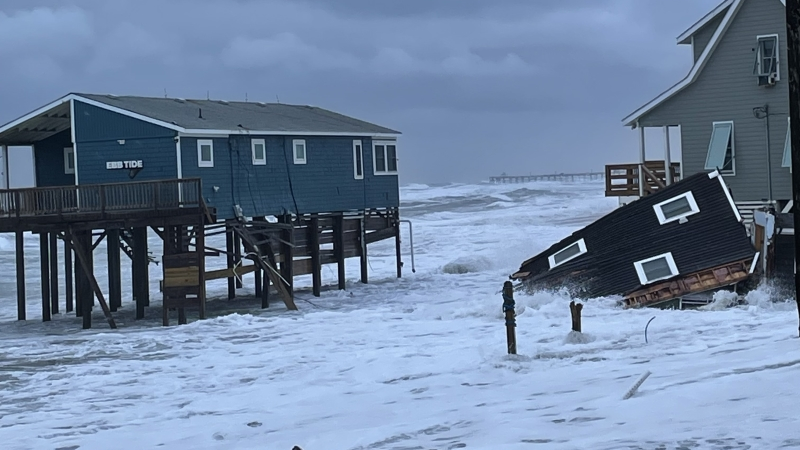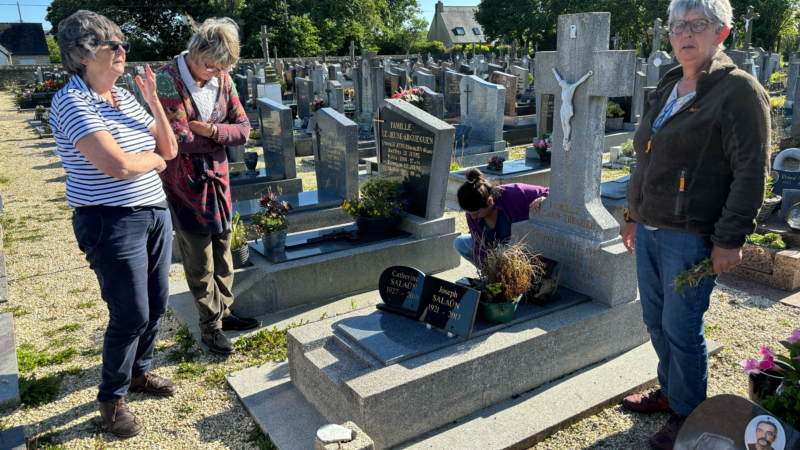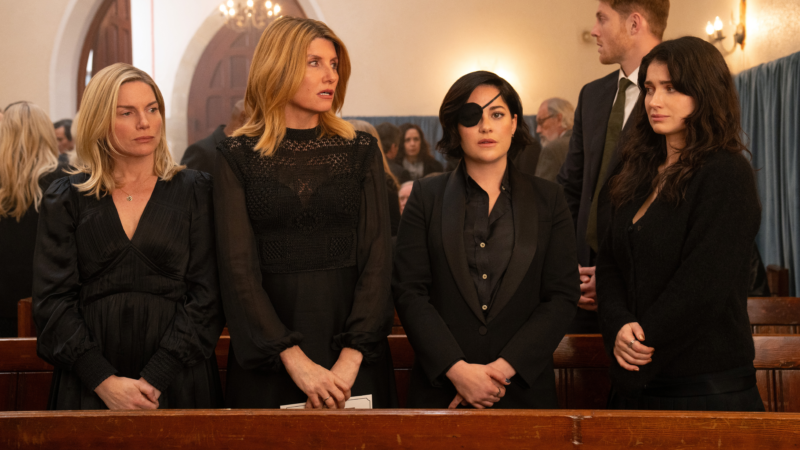Opinion: Uranus was having a bad hair day. Hey, it was the ’80s!
Uranus wasn’t ready for its closeup 38 years ago.
I speak of the 7th planet from the Sun, and third largest in our solar system, which received a flyby — 50,000 miles above the planet — from the Voyager 2 spacecraft on January 24, 1986.
Scientists declared that detailed photos snapped during that five-hour pass by the planet and its icy moons revealed that Uranus was different from other worlds in the outer solar system. They said its magnetic field didn’t hold any of that hot, glowing, gas known as plasma.
But a study this week in the journal Nature Astronomy says scientists have now determined that the flyby occurred at a time of an increase in solar wind activity that rarely occurs. This caused the planet’s magnetosphere to shrink.
“If Voyager 2 had arrived just a few days earlier, it would have observed a completely different magnetosphere at Uranus,” says Jamie Jasinski, a physicist at NASA’s Jet Propulsion Laboratory, who was lead author of the study. “The spacecraft saw Uranus in conditions that only occur about 4% of the time.”
In other words, Uranus was having a bad hair day.
Incidentally: NPR’s Research department says that when the planet was discovered in 1781, the astronomer William Herschel tried to have it named after King George 3rd. A planet called George might have been a little easier to talk about on the radio than one named after that particular Greek god.
As it passed by the 7th planet, the spacecraft also zipped by 10 previously undetected Uranian moons, and two Uranian rings. And Voyager 2 is still out there — waaay out there — in interstellar space.
Dr. William Dunn of University College London says this new determination that Uranus was beset with solar activity during Voyager’s brief flyby, 38 years ago, gives him fresh hopes.
“The Uranian system could be much more exciting than previously thought,” he told the BBC this week. “There could be moons there that could have the conditions that are necessary for life, they might have oceans below the surface that could be teeming with fish!”
The new thinking might remind us that not only do we constantly learn new things, but the things we thought we knew for certain can change as we learn more. Another Uranus mission may be launched for a closer look in the early 2030s. In the meantime: maybe we shouldn’t judge a planet — or a person — in a single glance.
Sixth beach house collapses in North Carolina’s Outer Banks in the past 6 months
The daily effects of strong winds, large waves, as well as rising sea levels — which are fueled by human-caused climate change — are causing beaches on the Outer Banks to wash away.
In France, a family reckons with World War II Allies’ legacy of rape and murder
In 1944, as Allied troops celebrated D-Day victory, a French family experienced a trauma that would be felt for generations: a murder and sexual assault so traumatic they are only now coming to terms with it.
Fire engulfs a hospital ward in northern India, killing 10 newborn babies
A fire tore through a neonatal intensive care unit in a hospital in northern India, killing 10 newborn babies and injuring 16 others, authorities said.
Jake Paul beats 58-year-old Mike Tyson in a much-hyped Netflix boxing match
Jake Paul won a unanimous decision over Mike Tyson as the hits didn't match the hype in a fight between a young YouTuber-turned-boxer and the 58-year-old former heavyweight champion.
This county is the most religiously diverse in the U.S.
This stretch of New Hampshire Avenue in Silver Spring, Maryland is so packed with houses of worship, it's been called the Embassy Row of Religions. But locals know it as the Highway to Heaven.
Good news for ‘Bad Sisters’: They’re just as fearless in Season 2
In the first season of this Apple TV+ black comedy, the Garveys plotted to kill their sister's abusive husband. And, yes, he ended up dead. But in the second season, things get even more complicated.







